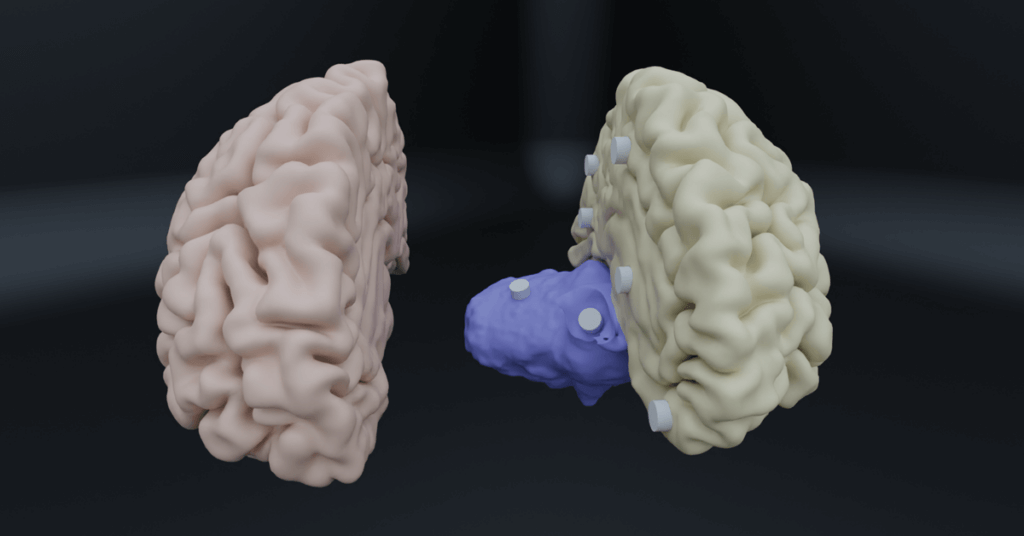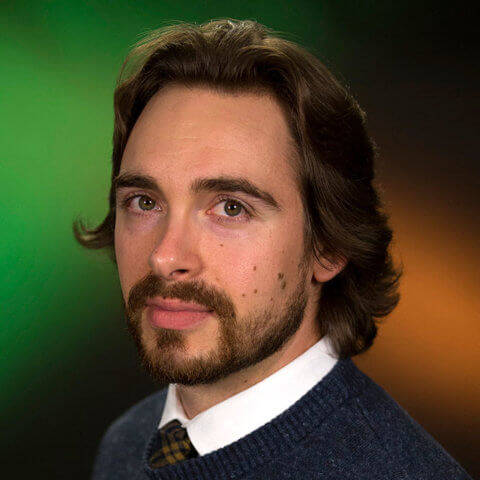This week’s maker is Jolina Lombardi, PhD, postdoctoral fellow with the UCSF Dementia Imaging Genetics Lab. We caught up with Jolina to see what they made.
Q: What did you make?
I created a 3D model for a 1:1 representation of a healthy adult’s brain.
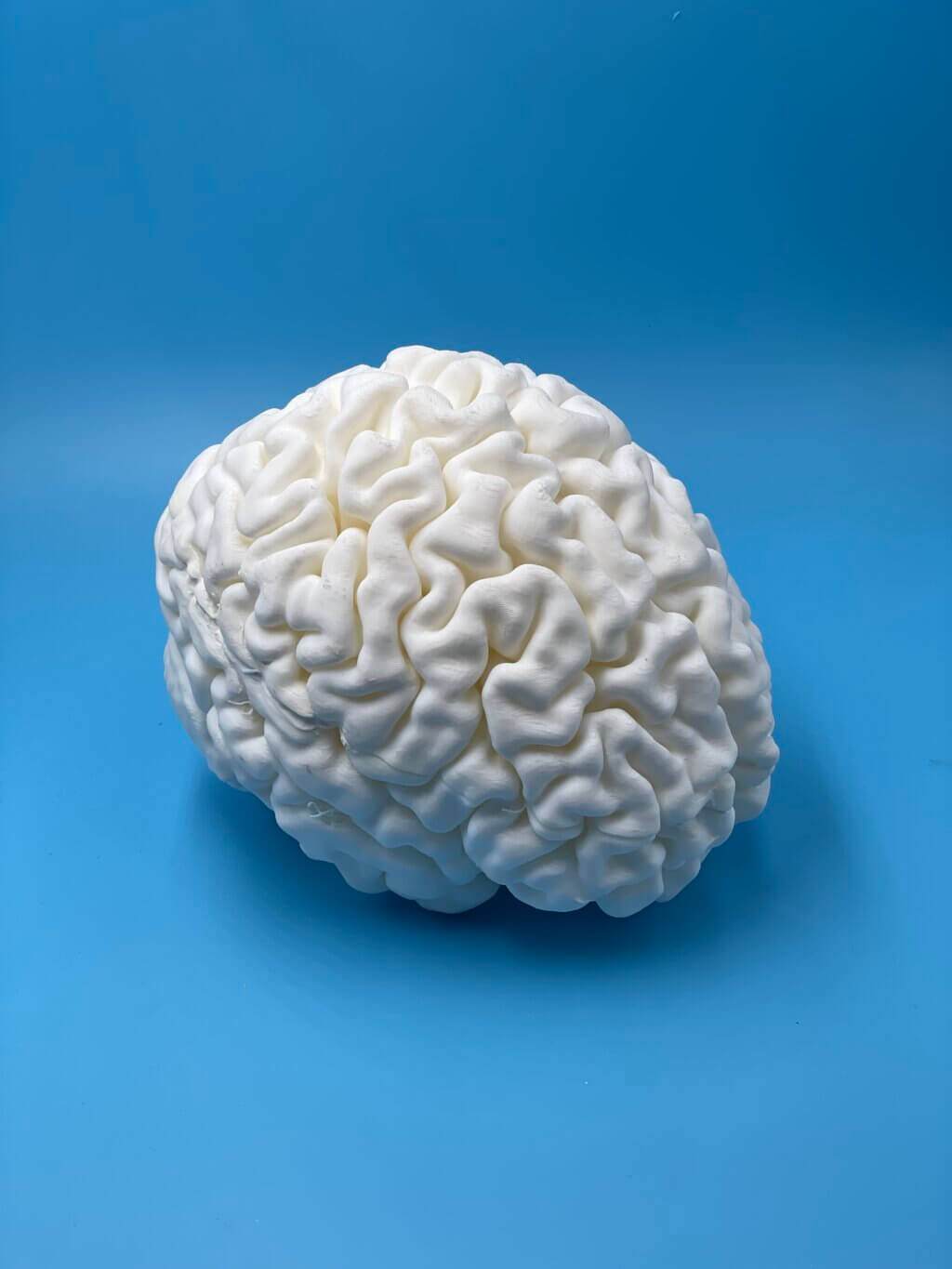
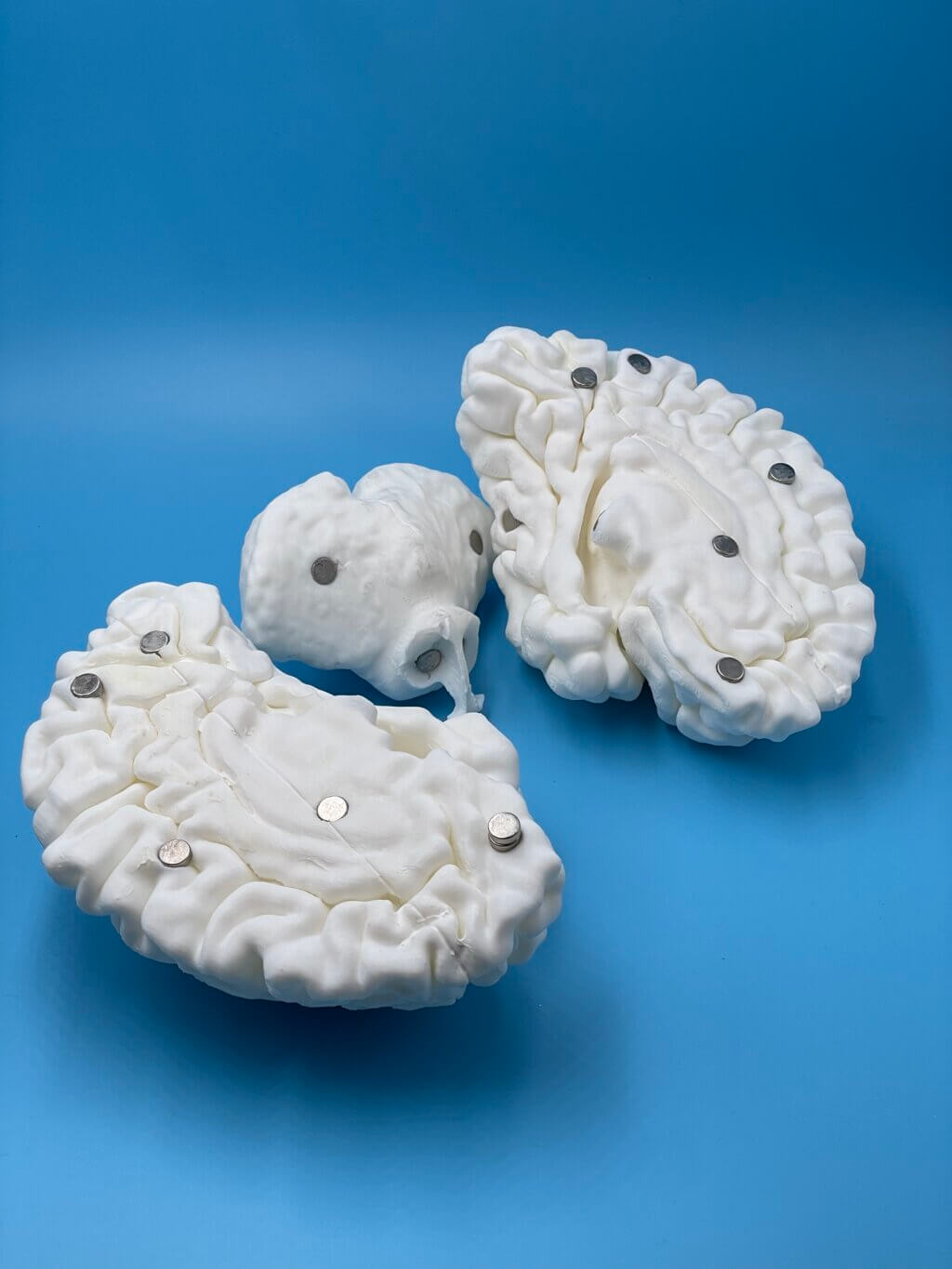
Q: Why did you want to make it?
I am working on a study that investigates the association between neurodevelopment and neurodegenerative vulnerability. For this purpose, we are recruiting kids and young adults up to the age of 30 years. I aimed to create a representation of the healthy brain in the early stage of life to make learning and research more relatable to participants.
Q: What was your process?
I converted the MRI scan and applied a processing pipeline that uses FreeSurfer, FSL, and MeshLab to create a 3D model from the T1 image. Cortical and subcortical parts were processed separately and combined only for the final model. Processing components demands more computational power and results in a more detailed representation of medial structures and the cerebellum.
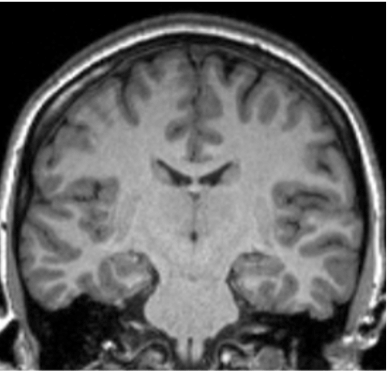
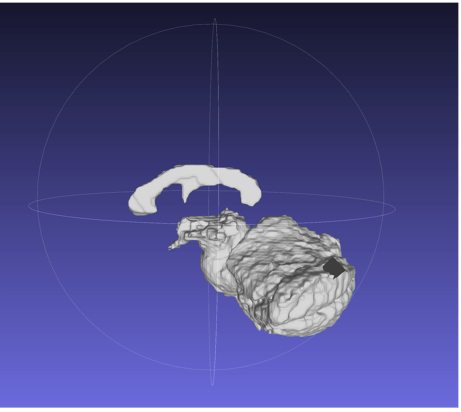
Q: What was the hardest part of the process?
Debugging the processing pipeline.
Q: What was your favorite part of the process?
The most fascinating moment was to scrutinize the 3D models virtually. My favorite part was to work with Scott, who really brought this project to the next level by cutting the brain into compartments and applying magnets so that the parts can be (dis)assembled.
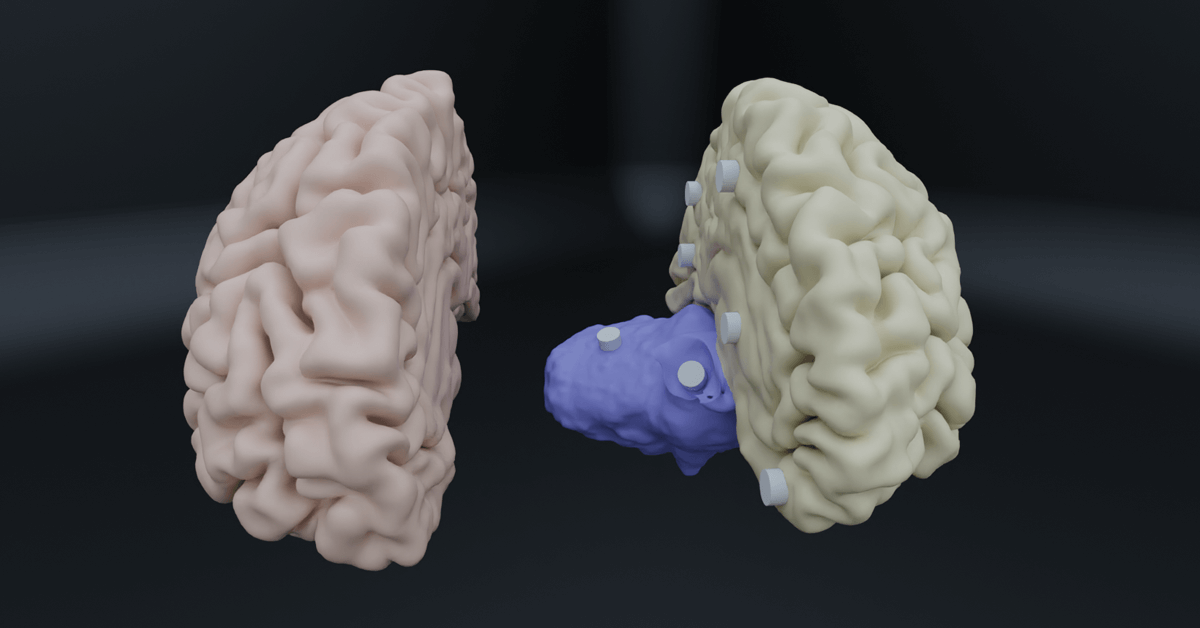
Q: What do you want to make next?
I would like to manufacture representations of brains with certain pathologies to educate about (neurodegenerative) diseases.
